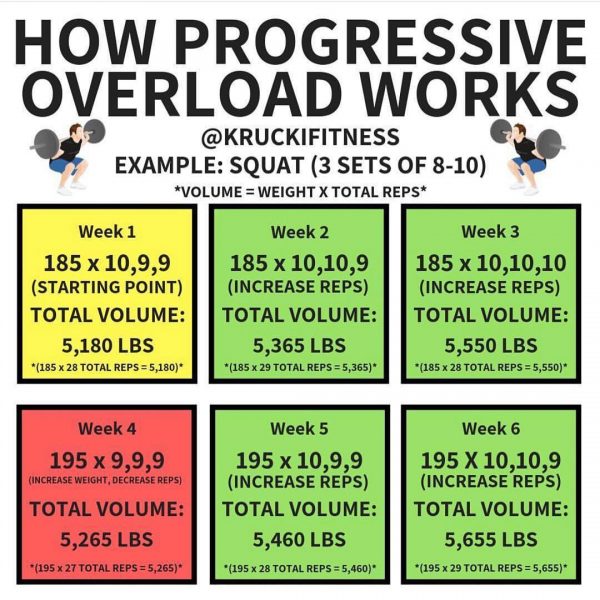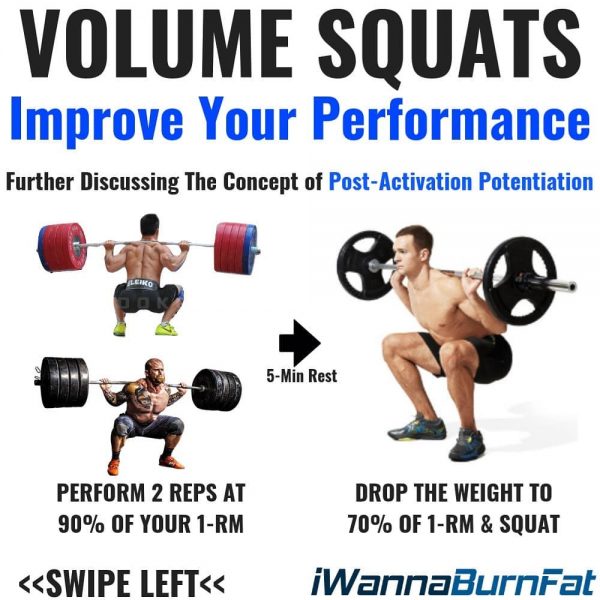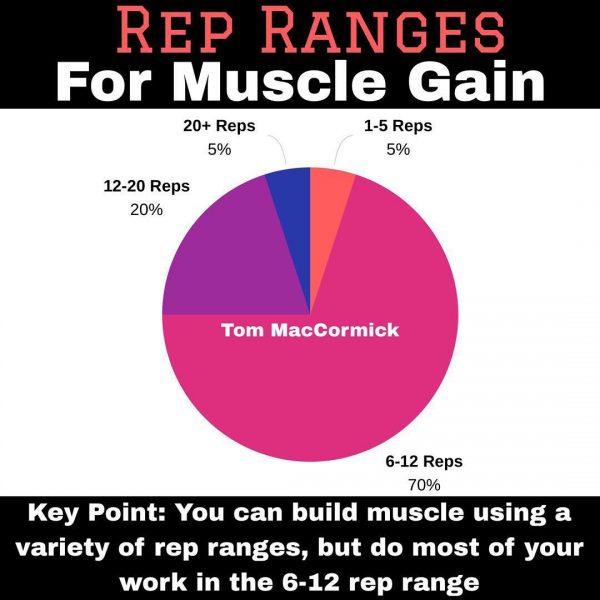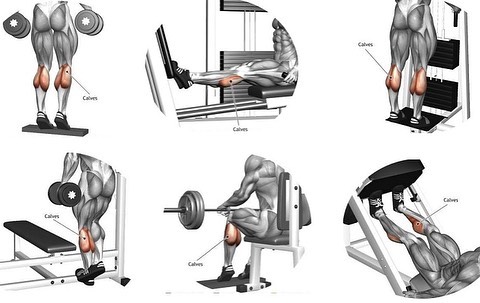Unfortunately, most people never maximise their quads, because they are short cutting their leg workouts. False: Focus more on your quads and less on your glutes during Smith machine or hack squats, move your feet further forward.
In fact, the opposite is true. Many believe that a wide stance will work outer quads and a narrow stance hits more of the inner area, but this is wrong. The fact is that even many experienced bodybuilders simply do not know how to target the four quadriceps muscles and the various muscles of the upper and inner thighs. Why not try to:
- Point your toes in to work the outer quads more: point them out to work the inner quads more.
- Keep your feet under your hips during exercises, such as Smith machine squats, to target the quads more and glutes less.
- Taking a narrow stance will focus more on the outer quads: taking a wide stance (and pointing your toes out) will focus more on the muscles of the inner thighs.
Using Truncated Range Of Motion:
Loading up the leg press for, at best, half reps, bending their knees only far enough to keep the weight moving. That same abbreviated bending occurs at:
- Squat racks.
- Sack squat machines.
- Leg extensions.

Whenever a bodybuilder trains quads, he will go through the motion of not going through the full motion, primarily because doing leg exercises for sets of full reps is hard and doing half reps allows heavier training, providing the illusion of training harder, so quads get “short rep” and shortchanged. By limiting the length of movements, you’re limiting your growth.
Try:
- Each rep of most sets of squats should descend to where your quads are parallel to the floor or platform, if not deeper. The exception to this rule is when doing half squats to focus more on the medial.
- Any form of leg press should descend at least until your quads are parallel to the foot platform. In a 45-degree leg press, your knees should brush your chest without your glutes coming up off of the leg press seat, which would place a lot of stress on your lower back.
- Squats or leg presses should briefly lockout, or stop just short of lockout, at the top.
- When performing leg extensions, go from a full stretch (calf perpendicular to thigh) to a full contraction, wherein you briefly lock out your knees and flex your thighs.
- Lunges, thigh addictions and any other leg exercise should have a full stretch and contraction.
- You may wish to extend sets of some machine leg exercises via partials, but do this only after reaching failure with full-range reps.
Too Heavy:
This mistake almost always travels in concert with the one that precedes it, since going too heavy leads to truncated reps and truncated reps allows you to go too heavy.
This is especially true of leg presses because it’s very likely that you can use more metal with this exercise than any other. What’s more, even if you’re squatting deep, you may pyramid up to singles and doubles just to add on as many plates as possible each workout, feeding your pride, but not building much, if any muscle.

Try:
- Do full-range movements (see mistake 2).
- Keep the reps for most sets in the eight to 12 range.
- Focus on your muscles, not on the weight.
Squatting With Incorrect Form:
Stopping far short of parallel isn’t the worst squatting technique. Many lean too far forward and push their hips too far backward, working their backs, hips and butt more than their quads.
What’s worse, this could potentially strain your spinal erectors. If you’re going to do barbell squats wrong, it’s best not to do them. A better option is to practice the correct form of this invaluable exercise until you squat right every time.

Try:
- Generally, when you take a stance that’s beyond shoulder width, it’s best to do so with your toes angled slightly outward, but find the stance that lets you remain as upright as possible.
- Overemphasise the arch in your lower back.
- Look straight ahead throughout each rep.
- As you drop down, keep your butt over your heels, as if you’re going to sit down on a chair.
- Driving out of the hole, move your hips before you move your knees.
- Practice proper upright form by sitting to (butt just touching) and rising from a bench, chair or box set at parallel. Use no weight or a light weight until you master this.
- Consider starting with Smith machine squats until you master the form, then move on to free-weight squats.
Failing At Failure:
Pushing sets of such exercises as:
- Front squats.
- Leg presses.
- Walking lunges.
To their max will feel intense on your thighs, most bodybuilders don’t stay long enough. You might regularly superset biceps and triceps exercises, do force reps when bench pressing and drop sets during side laterals, but it’s less likely that you apply the same intensity to your leg workouts–simply because of the pain quotient. As we’ve already explained, bodybuilders frequently go too heavy (with truncated reps) on the leg basics. Low-rep training is the easy way out.

Try:
- Use reps in the 10-15 range to boost intensity.
- On occasion, use intensifying techniques like partials, supersets and rest-pause to push sets beyond full-rep failure.
- Accept pain as a necessary component of quad workouts.
What To Do Next:
- Position your feet to target different quad areas.
- Make each rep a full rep. (When squatting or leg pressing, this means bending your legs until your thighs are at least perpendicular to your calves.)
- Generally, keep your reps in the eight to 12 range.
- Practice a proper squat form.
- Push sets to failure and sometimes beyond.

